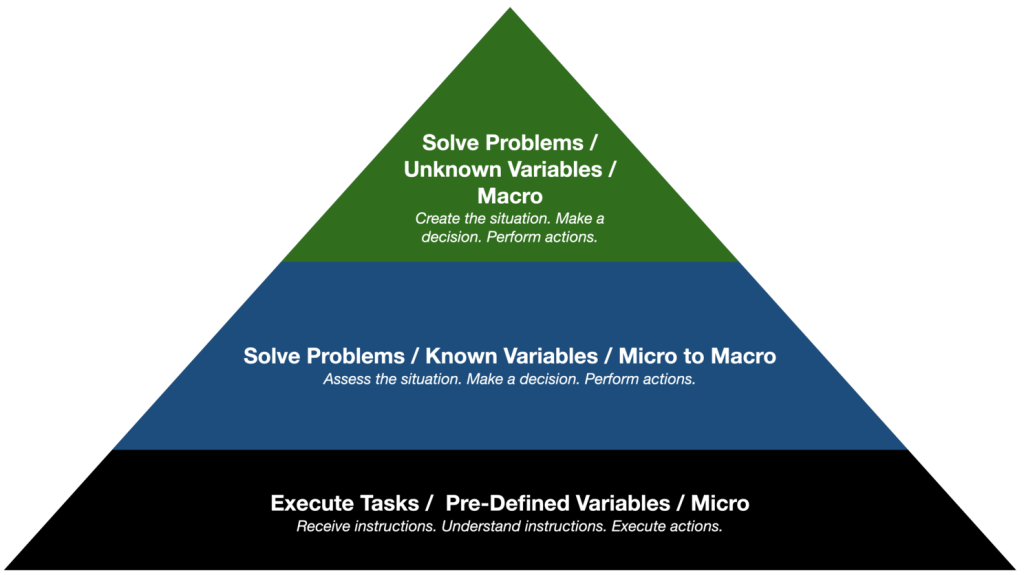Job Automation — From Robotic Process Automation (RPA) to Cognitive Automation and then to Cognitive Task Automation (CTA).
The journey of job automation has seen a profound evolution from simple rule-based tasks to complex cognitive processes, transforming the landscape of work.
Initially, Robotic Process Automation (RPA) heralded a new era in job automation. RPA is essentially software robots or “bots” programmed to perform repetitive, rule-based tasks traditionally done by humans. These tasks could include data entry, processing transactions, or generating reports. By taking over such mundane tasks, RPA improved efficiency and accuracy, freeing human workers to focus on more complex and strategic tasks. However, RPA’s capability was limited to defined, structured tasks and lacked the ability to handle tasks that required understanding or decision-making.
The next leap in job automation was Cognitive Automation. This integrated Artificial Intelligence (AI) technologies such as natural language processing, machine learning, and speech recognition with automation. Cognitive Automation goes beyond rule-based tasks and can handle unstructured data, understand and interpret natural language, and even make decisions based on complex rules. This allowed automation to penetrate deeper into job roles that involved complex processes and decision-making, traditionally thought to be exclusive to human cognition.
Cognitive Task Automation (CTA) is a more specialized form of Cognitive Automation. CTA specifically refers to automating tasks that require cognitive abilities like understanding context, making judgments, or learning from experience. With CTA, even tasks that involve comprehension, problem-solving, or interaction can be automated. It signifies a new frontier where automation is encroaching upon areas that were until recently considered the unique domain of human intelligence.




